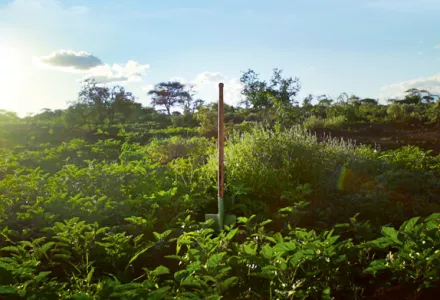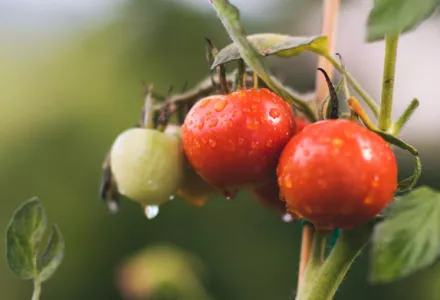Towards the end of the last century, a movement began in the more economically developed countries of the world to tighten up regulation on products that were being marketed as ecologically friendly or organic. Society had begun to identify the problems inherent in applying the principles of mass production to the food chain. Products began to appear whose main selling point was their inherent safety, having been grown in a natural way.
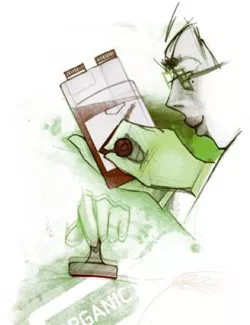
Quality marks in the USA and Canada
Canada and the USA each have their own laws regarding the certification of products labelled as organic; however, Canada aligns itself closely with the national organic Program (NOP) as established by the United States Department of agriculture (USDA). In Canada, the main law that establishes controls on organic production is the Canada agricultural Products act (R.S., c. 20 (4th Sup.), or CAPA. In the USA, the law establishing controls is the organic foods Production act of 1990 (OFPA).
Objectives and Principles of Organic Production
The objectives and principles used for organic production in the EU are the same as those in North America. When fertilizing crops, organic growers should take the following into account:
- Fertilizers should come from livestock manure or organic material from organic production.
- The use of biodynamic preparations (this means preparations from your own farm) is allowed.
- Fertilizers and soil conditioners may only be used if they have been authorized for use in organic production.
- Mineral nitrogen fertilizers must not be used.
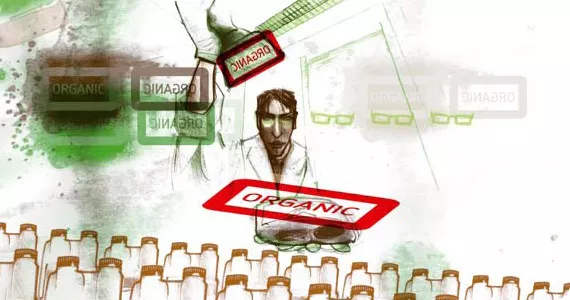
In practice, however, there are two differences: the first is that it requires regulations to implement the law. In the USA, for example, organic control may require multiple agencies with multiple regulations, each of which must be followed. And second, in both countries, the trade unions are closely allied with the regulatory bodies so that regulations are inevitably couched in such a manner as to bring less cost and troubles to the members of these trade unions, while tightening competition.
The objectives and principles used for organic production in North America are broadly the same as those in Europe. In the USA, the USDA is the federal enforcement authority; however each of the 50 states has its own Department of Agriculture tasked with enforcing its own rules and regulations as well as federal regulations. The USDA established what is known as the NOP through regulations in 7 U.S.C. 6501-6522, and defined it in 7CFR205. In Canada, the enforcement agency for the CAPA is the Canadian food Inspection agency (CFIA) and the regulations they must follow are set out in the organic Product regulations of 2009 (OPR). These regulations, along with the act that they are based on, are collectively known as the Canadian Organics Regime (COR).
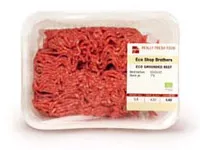
In Canada, the standards of the OPR are laid out in CAN/CGSB 32.310, Organic Production Systems – General Principles and Management Standards and in CAN/ CGSB 32.311 organic Production Systems – Permitted Substances List. These two publications detail all the requirements enforced by the CFIA, including which products may or may not be labelled as ‘organic’, and every aspect of production from the land, to fertilizer registration, to production. It also establishes certification procedures and Certifying Agents.
In the USA, a publication known as the NOP handbook details these same areas of regulation. additionally, 7CFR205.600 et seq. details the national List of allowed and Prohibited Substances and the criteria on which that list is based.
The USA and Canada have an equivalence agreement which certifies that the regulations of both countries are substantially the same and products produced and certified in one country can be exported to and certified as organic in the other country. Canada, however, does not accept hydroponically grown products as organic.
Concerning the Terms Used for Designating Organic Products
Both countries in North America only allow the term ‘organic’ to be used in conjunction with certified products. Other words like ‘ecological’ (or ‘eco’) and ‘biological’ (or ‘bio’) are not restricted except when used in context with the product. If the regulatory body determines that a word (these or others) is being used to circumvent the organic legislation, then it can also be tested.
Cultivation Practices in Organic Plant Production
The cultivation practices that must be followed in order to be certified as ‘organic’ in North America are identical to their European counterparts in virtually every way. These practices are detailed in the CAN/CGSB 32.310, Organic Production Systems – General Principles and Management Standards and the NOP handbook. Again, these are federal standards and it is worth mentioning that in the USA, state governments can also have a big say in organic production in their own state, as long as they does not detract from the protection provided under federal law. Washington state and California both now have their own state-certified programs.
Community Logos for Organic Food and Consumables
In North America, there are also agencies to certify that certify inputs, processes, and end-products as approved for use with the term ‘organic’. The equivalence agreement between the two countries allows for either to be an acceptable certifying country program, and an agency such as the Organic Material Review Institute (OMRI) or the State of Washington’s (WSDA) can certify the product for use in the programs of either country. Acquiring any certification requires the product to be certified to the minimal NOP standards.
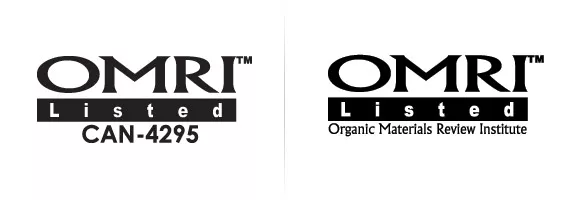
What this discussion makes clear is that, while regulations may change a few terms, have different certification logos, and differ in some of their guiding principles, the guidelines are pretty much the same. The intention is certainly the same: to protect the consumers and the environment. The regulations are strong and the science is correct. The new organic paradigm is here to stay.

